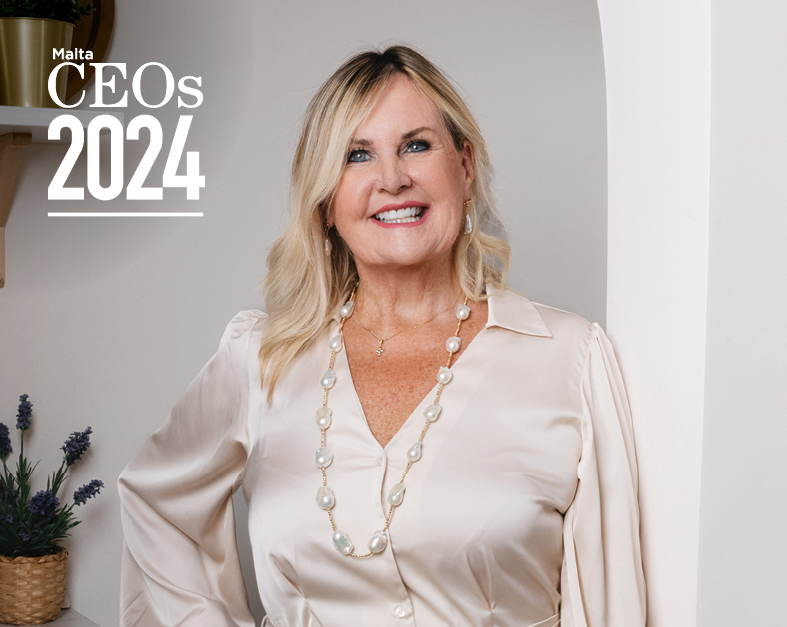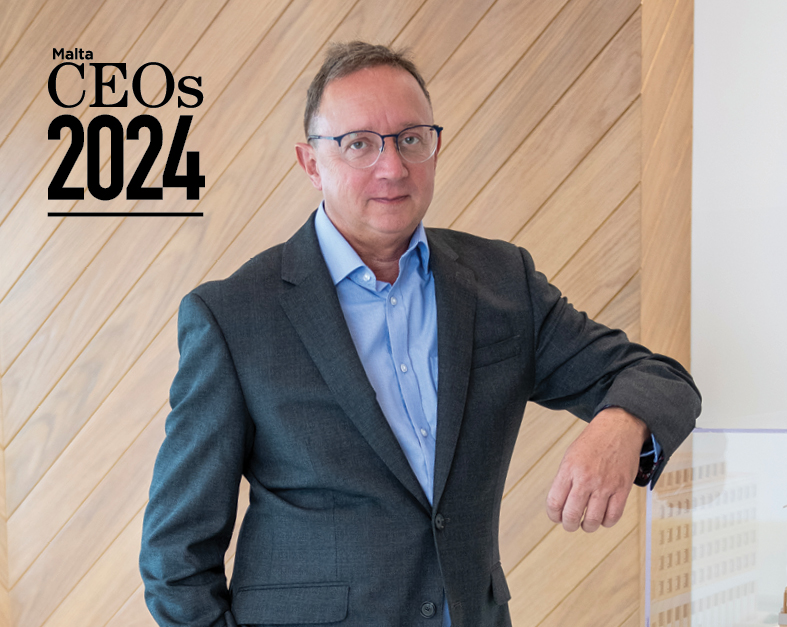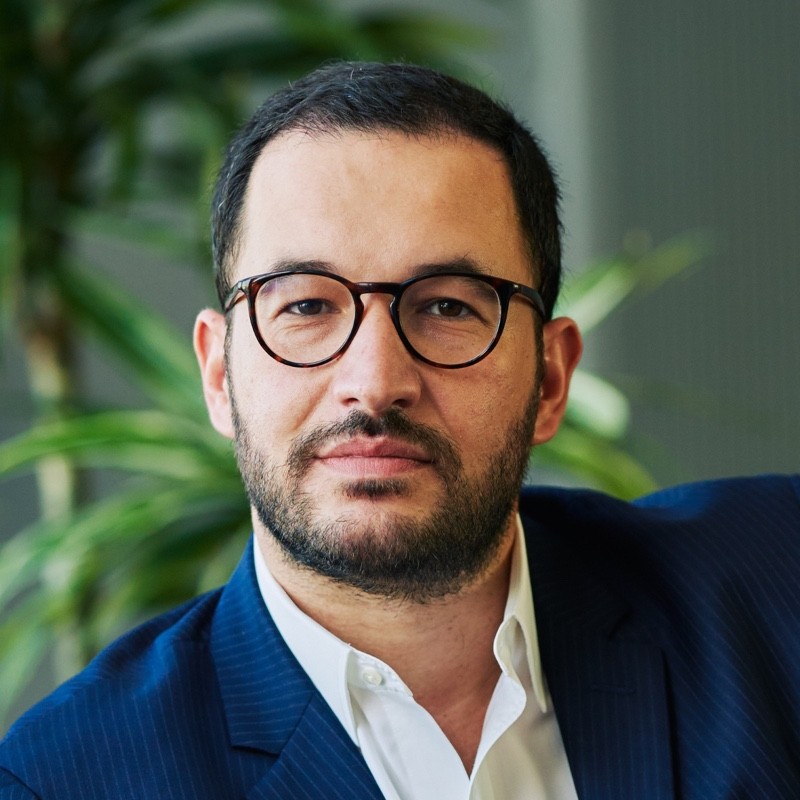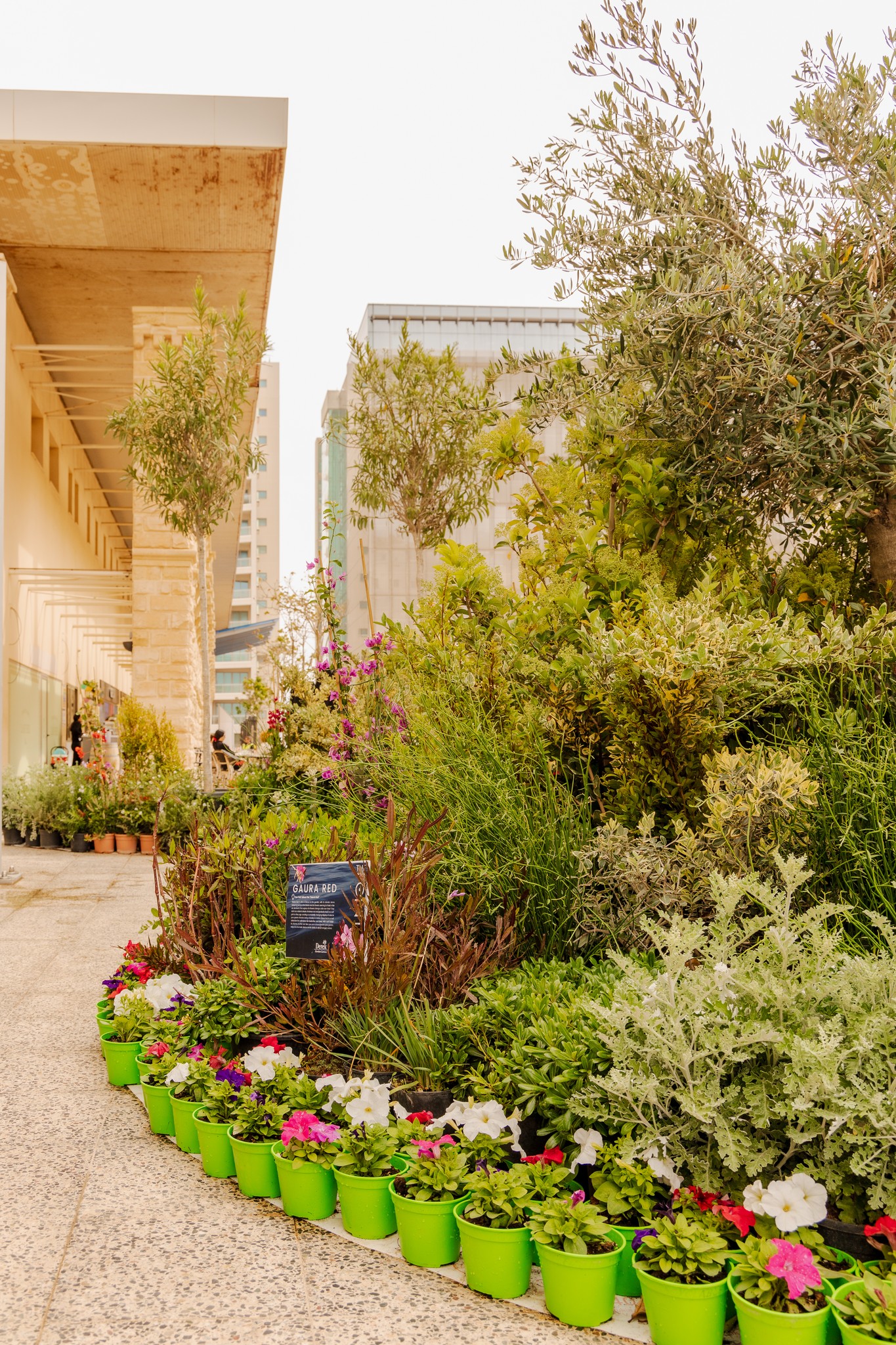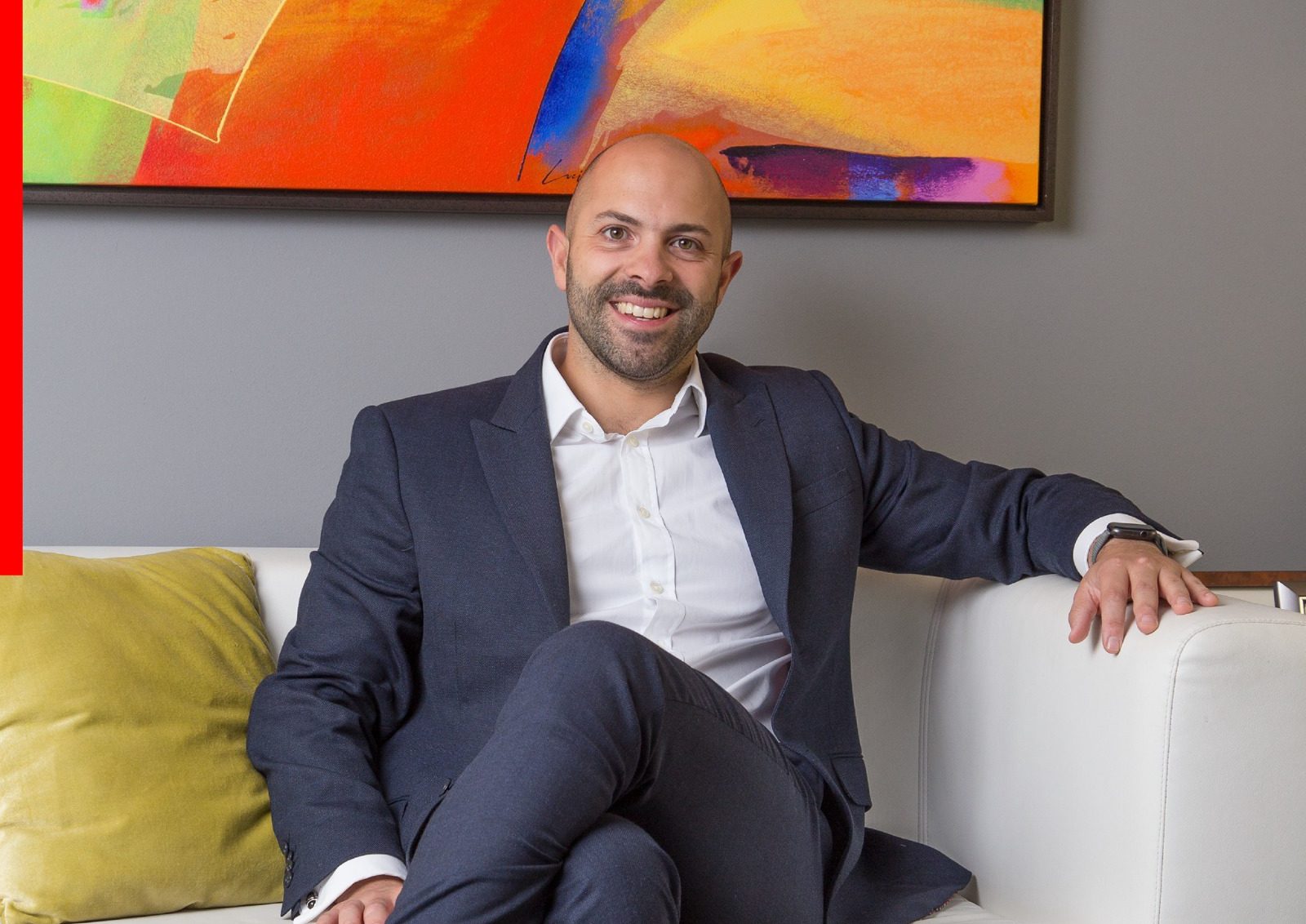As businesses fight against the clock to meet demands and goals, some find it difficult to keep up with the pursuit of success and optimal performance.
In the frantic quest to become the best professional version of themselves, many leaders, executives, and employees find themselves forced to sacrifice much-needed personal time off. This leaves them completely burnt-out. Consequently, burnout can affect both individual health and corporate performance whilst also draining personal and organisational morale. This highlights a critical need for organisations to adopt measures that support a healthier work-life balance, enhancing employee well-being and productivity.
“It’s crucial for the organisation to look at its employees as the engine that makes everything work,” says Louise Ellul.

MaltaCEOs.mt met up with Ms Ellul, an emerging Workplace Performance Strategist and Founder, who specialises in enhancing corporate well-being and productivity through flow neuroscience and optimal human performance strategies.
Ms Ellul shares insight on the drastic effects of burnout and how one can use flow science and positive psychology to reverse it, as part of her continuing collaboration with MaltaCEOs.mt.
“The problem in today’s work environment is high levels of chronic stress and burnout. These present significant challenges which ultimately impact both the employee and organisational efficacy,” explained Ms Ellul.
A clear indicator of so lies in the statistics, she adds. Ms Ellul highlights that Gallup’s latest research indicates that global employee stress remained at a high record in2023, with 44 per cent of employees worldwide reporting they experienced a lot of stress the previous day.
When compared to local stress levels, she explains, “MISCO report a significant increase in stress levels among employees in Malta, from 63 per cent in 2021 to 79 per cent in 2023.”
“This marks a growing concern within the local context and requires a solution now,” Ms Ellul emphasised.

‘People may realise they have been in a state of burnout after living for a year or two in that state’
To start off, on the opposite of burnout we find the ideal state desired by every organisation, the flow state. Individuals in flow, experience a rush of productivity with heightened focus and enjoyment in tasks, leading to high quality outcomes and personal fulfilment. In a state of flow, time stands still, while performance speeds up and employees feel their skills are fully utilised and challenged, contributing positively to organisational efficacy.
However, flow in a state of burnout, is nonexistent and unattainable.
“Burnout is likely to occur when the individual is living through a period of high levels of accumulated stress, when the demands placed on an individual exceed their resources and coping mechanisms,” she explains.
However, although people recognise stress-inducing moments and circumstances, Ms Ellul noted that individuals may not recognise the symptoms of burnout immediately due to its gradual onset and the initial misinterpretation of its symptoms as temporary fatigue or stress.
The gradual onset of burnout, she adds, involves symptoms like chronic fatigue, cynicism towards one’s jobs, feelings of inefficacy, and reduced professional accomplishment.
“Over time, individuals might also experience detachment, a decline in job performance, and diminished personal well-being. These symptoms collectively contribute to the complex syndrome of burnout, making it challenging to identify early on due to their overlap with normal stress responses. Therefore, a year or two might pass by until the individual becomes aware they have been in a state of burnout.”
She says that some triggers are more subtle than others but the breaking point for many employees and executives comes when they realise that they cannot live in that state anymore.
“At that point, individuals who are in a state of burnout completely shut down and their minds start finding ways to escape that reality. Some would rather change the career they have been working in and studying for, for years, simply because they cannot take it anymore and they are suffering from emotional exhaustion,” Ms Ellul states.
Additionally, this state encourages people to do the bare minimum of their responsibilities, simply to avoid feeling the effects of burnout. A concept coping mechanism called disengagement – where individuals mentally detach from their work tasks and responsibilities as a way to protect themselves from further stress and exhaustion.
“This does not promote productivity anymore and the reduced personal efficacy will make them feel stuck in their career.”
She also points out that a resulting effect of burnout is de-personalisation. Ms Ellul explains that most of the time people suffering from burnout may feel disconnected to their work and colleague leading to cynical behaviour, effecting interpersonal relationships and job peformance.

The six triggers of burnout
The clock is ticking faster, the list of work is getting longer, and the day is finally over. You rest, you wake up and you realise you have to do it all over again but instead of feeling motivated to get things done, you feel discouraged. Sounds familiar?
While this is a classic case of a burnout, its triggers can take different forms, some of which are often overlooked.
Ms Ellul makes reference to Christina Maslach, the author behind the Maslach Burnout Inventory that identifies six key triggers of burnout.
With the first trigger being self-explanatory – excessive workload – Ms Ellul explains that a significant contributor to burnout is the second trigger – a lack of control, when one is unable to influence decisions that can affect one’s jobs and doesn’t have access to the tools and resources need to deliver desirable outcomes.
The third trigger, insufficient reward, happens when one’s efforts aren’t rewarded or valued for succeeding in their work, even though they work in undesirable conditions.
“Another trigger is a lack of community: the fourth type. Many times, we see high levels of competitiveness between employees and executives followed by toxic work environment like backstabbing, negativity, and gossiping,” she says.
She believes that while a healthy competition motivates employees and fosters mutual respect, performance and innovation, unhealthy competition can break the community. “This atmosphere, hampers productivity and erodes trust and cooperation, proving to be detrimental to both culture and progress,” she adds.
The fifth trigger includes lack of fairness and whether everyone is presented with equal opportunities to grow and flourish in their respective careers. The sixth and final trigger Ms Ellul elaborates is that of conflict of values when one’s personal values and beliefs do not align with the organisation’s values or those practiced by its community.
“When one experiences such triggers, they also serve as blockers to flow and therefore impact productivity,” she remarks.

Hitting the reverse button: Initiating the 80/20 rule, the bottom-up/top-down perspective, and the corporate athlete
Ms Ellul explains that despite the prevailing issue of human resources faced by multiple organisations on the island, many companies take the initiative to proactively promote the wellbeing of all employees.
“However, it’s important for organisations to allow space for implementing daily practices in the workplace environment,” she highlights.
Ms Ellul suggests three methods to reverse or help minimising the risk of burnout: the 80/20 rule, the bottom-up/top-down perspective, and the corporate athlete approach.
The 80/20 rule suggests that 20 per cent of effort will impact 80 per cent of one’s life. An example of this is introducing more sleep to improve the output at work.
Another attempt at reversing burnout would be by using the bottom-up/top-down perspective to emphasise on exercise, breathwork and gratefulness. “If you have a lot of cynicism at work, then what’s missing is gratitude. Thinking about all the things that went wrong before going to sleep will create a spiral pattern of negative self-talk and start perceiving the work experience as negative. It’s important to block any negative thoughts and instead reverse them by asking about positive elements of the day,” she elaborates.
Her final suggestion is exploring the playing field of elite athletes. She explains that for years flow science has studied how elite sport athletes were achieving so many breakthroughs in so little time.
She adds that athletes allow their body to work for them, rather than against them. CEOs, much like these athletes, she adds, are constantly striving to outperform and achieve excellence. Through similar disciplines and routines used in the world of sports, she believes that CEOs can be transformed into corporate athletes by integrating the body, the emotions, the mind, and the spirit. Each level of this performance pyramid influences the others and is crucial to create balance in performance management, promoting organisational progress towards the desired success and innovation.
Wrapping up, Ms Ellul says that such strategies are what flow neuroscience and optimal human performance are all about. “When top management champions well-being, it not only rejuvenates the workplace culture but also fortifies the sense of community within organisations, setting a positive example for others to follow.”
‘We will continue to navigate the challenges that commercial real estate currently faces’ – Hili Properties MD
The company registered a 23% year-on-year increase in revenue for the year ending December 2023.
’20 years of very hard work’: MD Patrick Fenech reflects on Malta School of Flying’s 20th anniversary
One of Patrick Fenech’s great satisfactions over the years is boarding flights piloted by former students.
The Point Urban Oasis: A community green space in Tigne Point
Featuring approximately 1,500 carefully selected plants, in an area spanning about 200 square metres, the Urban Oasis offers a rich ...
Debono Group CEO pays tribute to family as company celebrates six decades of partnership with Toyota
Debono Group’s collaboration with Toyota started in 1960, when the late Michael Debono imported and sold a Toyota Crown.



